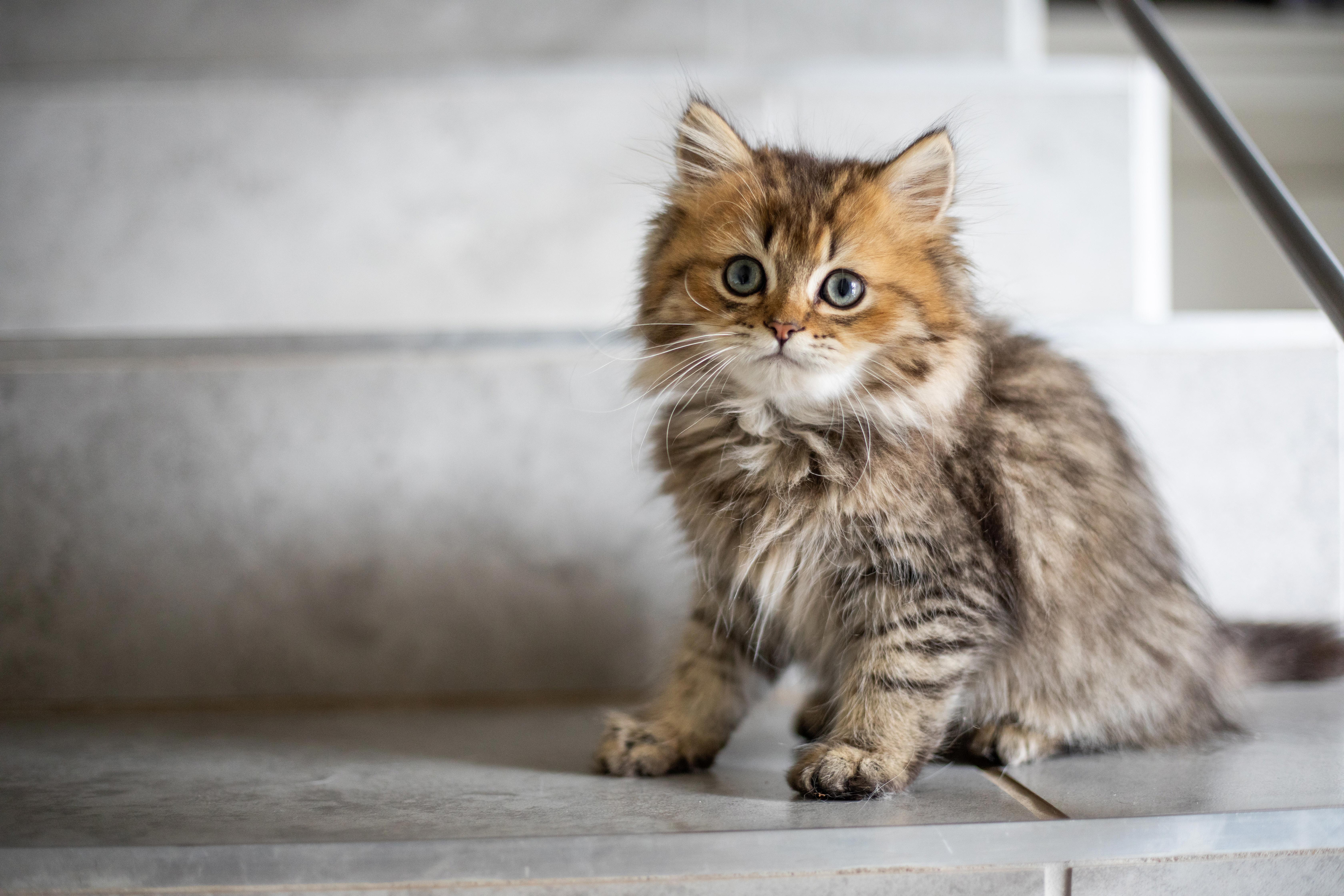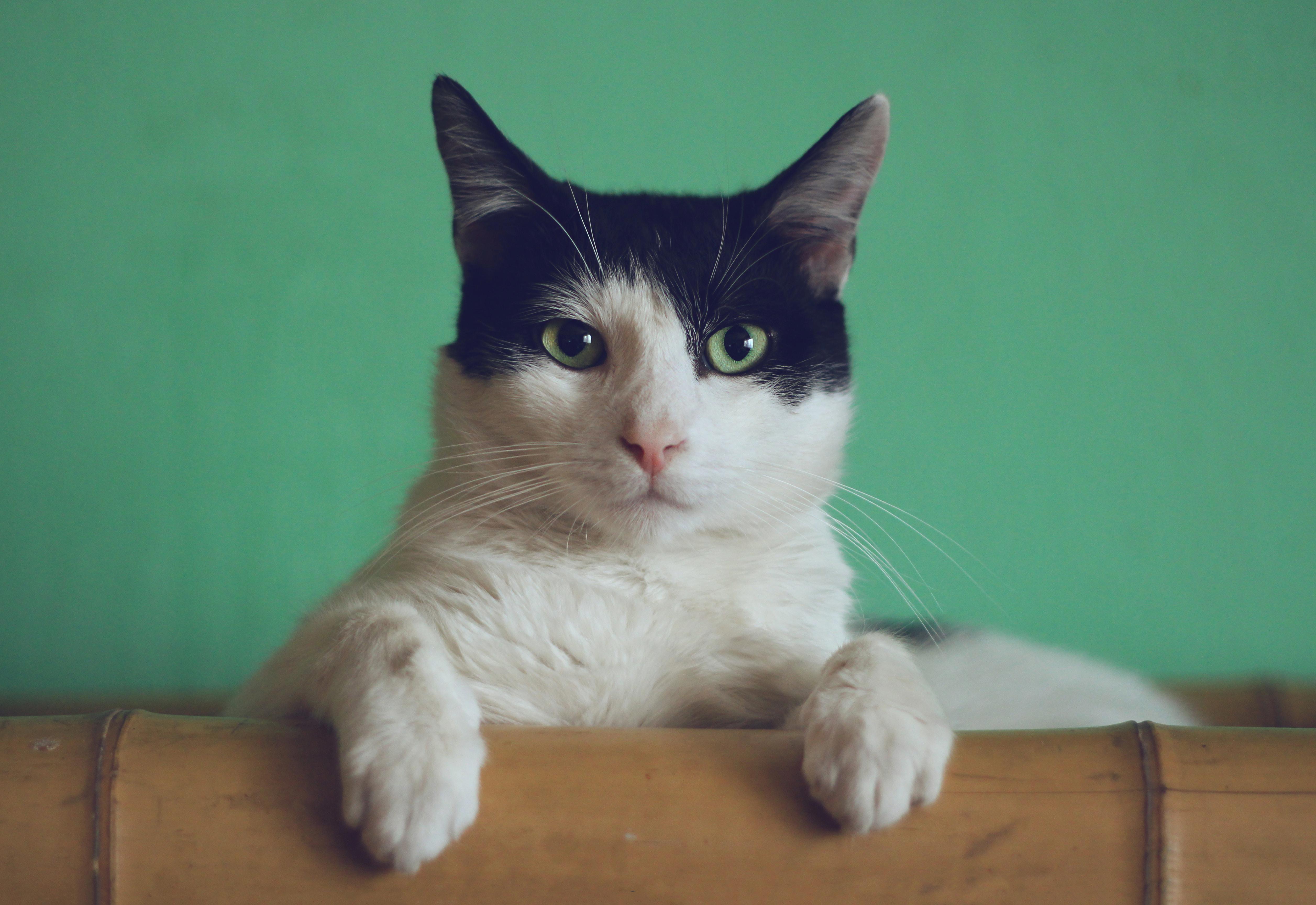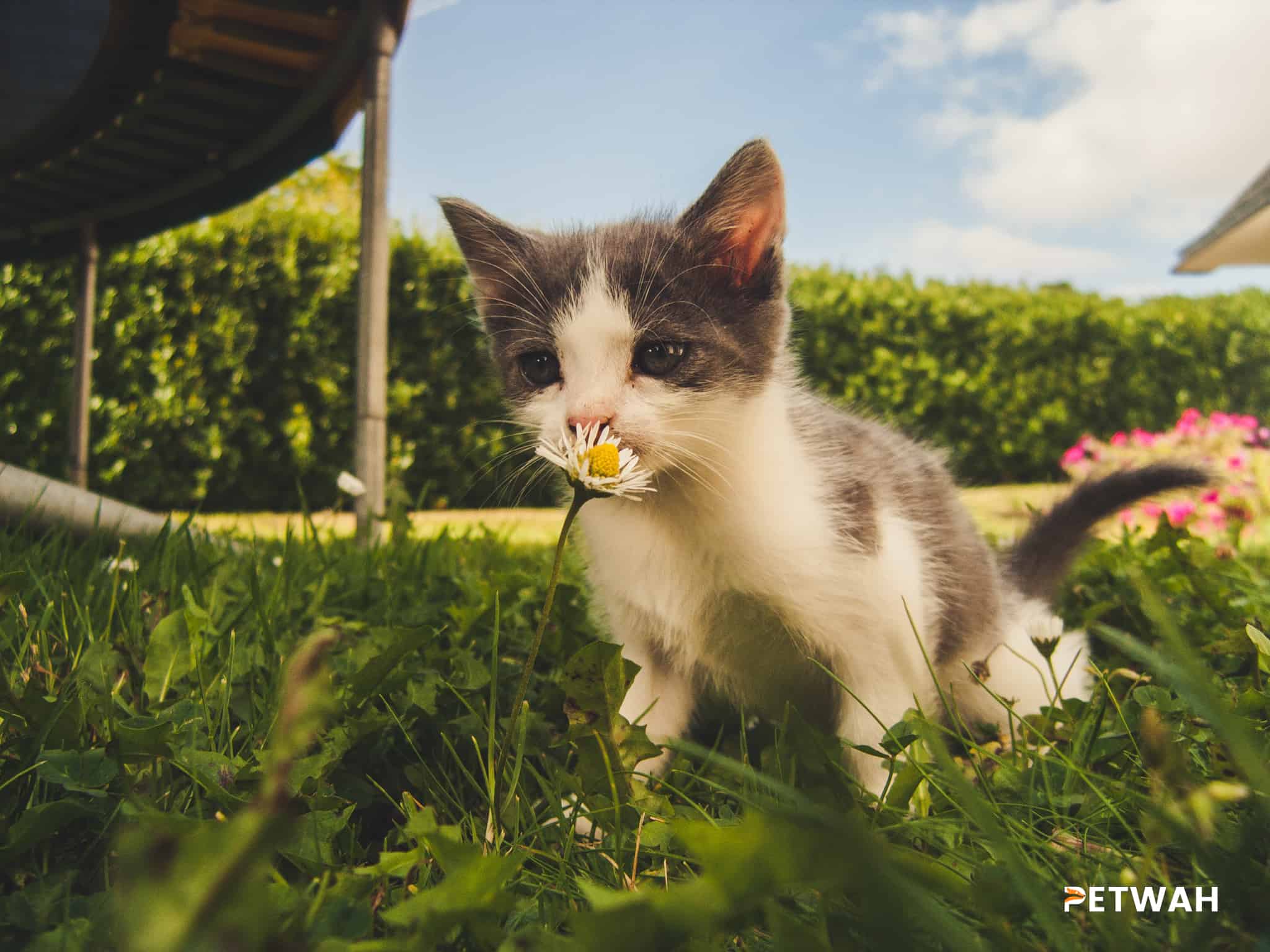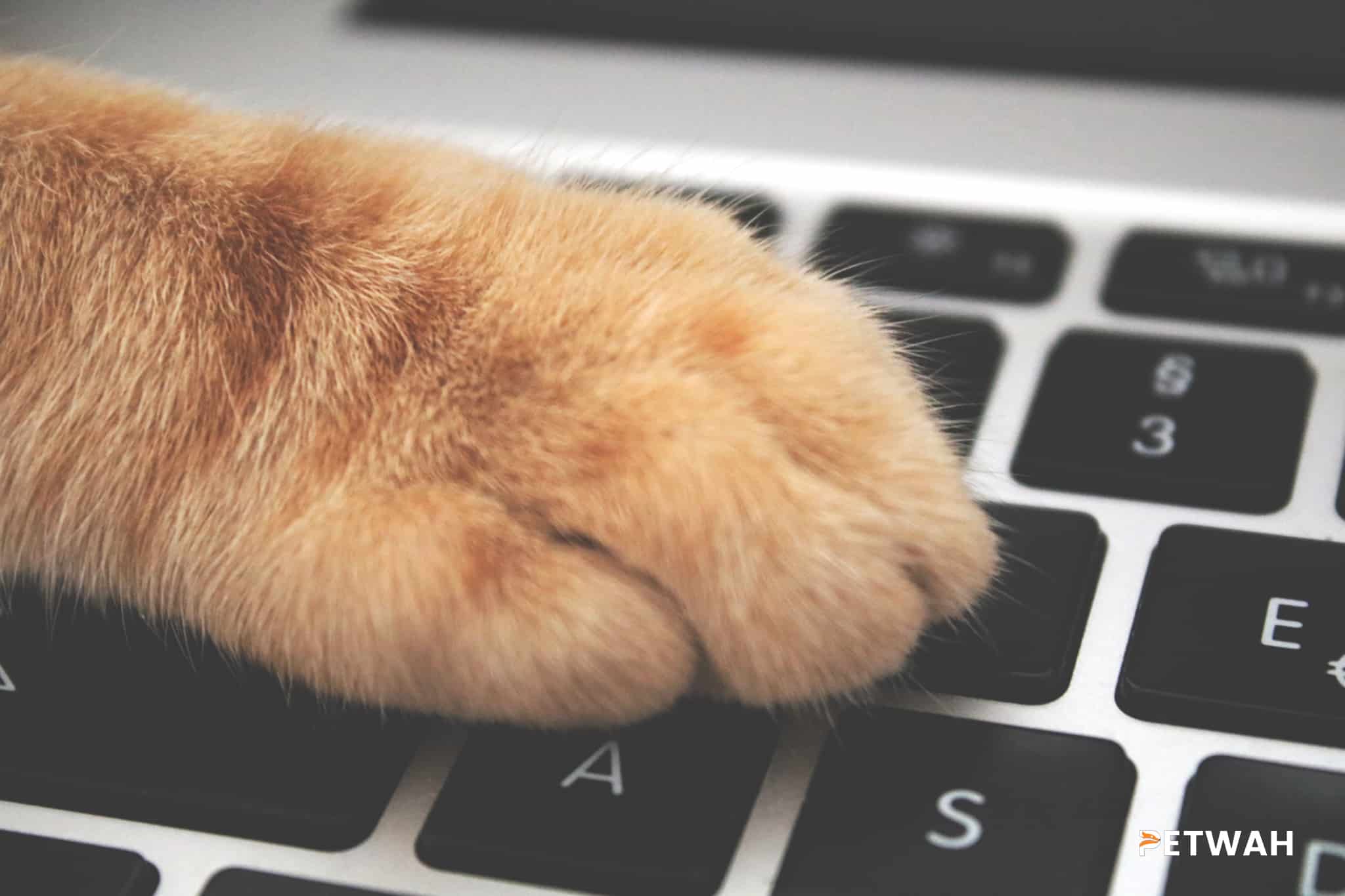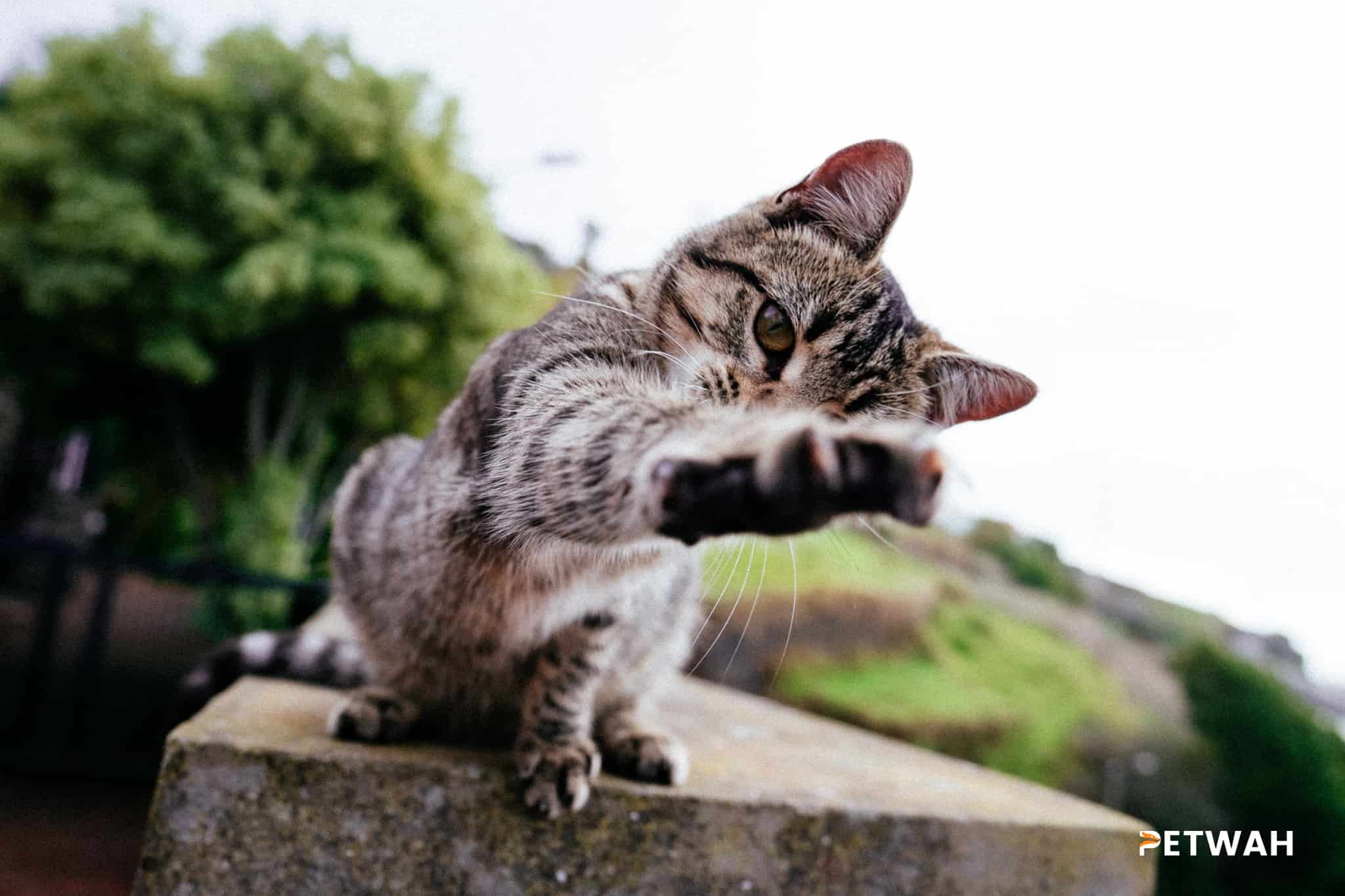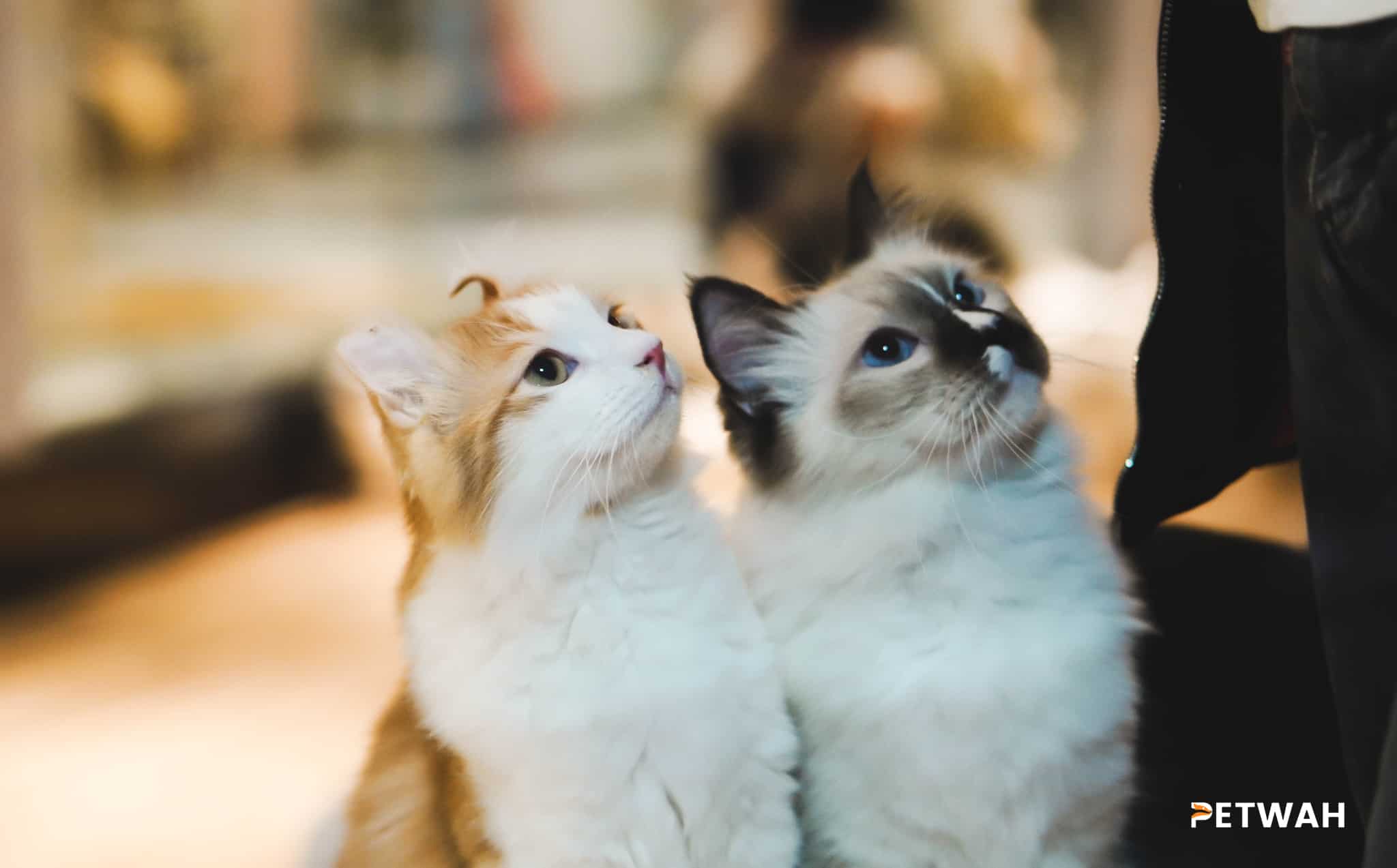Having multiple cats can be a lot of fun, but it can also lead to tense situations. It’s not unusual for cats to be aggressive towards each other, especially when they’re living in the same space. If you find yourself dealing with aggression in your multi-cat household, don’t worry — there are ways to handle it. In this blog post, we’ll go over the steps you can take to reduce aggression between cats and create a peaceful environment for everyone to enjoy.
Aggression between cats can be a challenging issue in multi-cat households. In order to maintain peace and ensure that all cats are healthy and happy, it is important to understand and be able to handle aggression between cats. In this blog post, we will discuss the different types of aggression between cats, the underlying causes of aggression, and how to handle aggression in multi-cat households.
Types of Aggression Between Cats
Cats can display a wide range of aggressive behaviors towards other cats, which can be classified into four main types:
1. Territorial Aggression: This type of aggression is usually seen when a cat feels their territory is being threatened, either by another cat or by a new addition to the household. Cats may become aggressive when they scent mark an area, or when they are guarding a specific object or area.
2. Status-Related Aggression: This type of aggression occurs when one cat is attempting to assert dominance over another cat. This can be seen in cats of different ages, sexes, or social status, and can manifest in physical or non-physical forms.
3. Fear-Related Aggression: Fear-related aggression is usually seen in cats that are scared or stressed. This type of aggression is often seen in cats that are unfamiliar with their environment, or when cats are exposed to sudden changes such as a new cat in the household.
4. Redirected Aggression: Redirected aggression is seen when a cat is provoked by something and then redirects their aggression towards another cat. This type of aggression can occur when cats are playing and one cat gets too rough, or when cats are scared by an outside stimulus such as a loud noise or a new presence in the house.
Understanding the Causes of Cat Aggression
Once a multi-cat household has identified the type of aggression their cats are displaying, it is important to understand the underlying causes of cat aggression. Cats can become aggressive for many reasons, some of which include:
• Fear or anxiety: Cats may become aggressive when they are scared, anxious, or stressed. This can be caused by sudden changes in their environment, or by the presence of another cat.
• Lack of socialization: Cats that are not adequately socialized may be more prone to aggression. It is important to ensure that cats are exposed to a variety of people and animals in order to reduce the risk of aggression.
• Health issues: Aggression can be a sign of underlying health issues. It is important to ensure that all cats are regularly checked by a vet in order to rule out any medical issues that may be causing aggression.
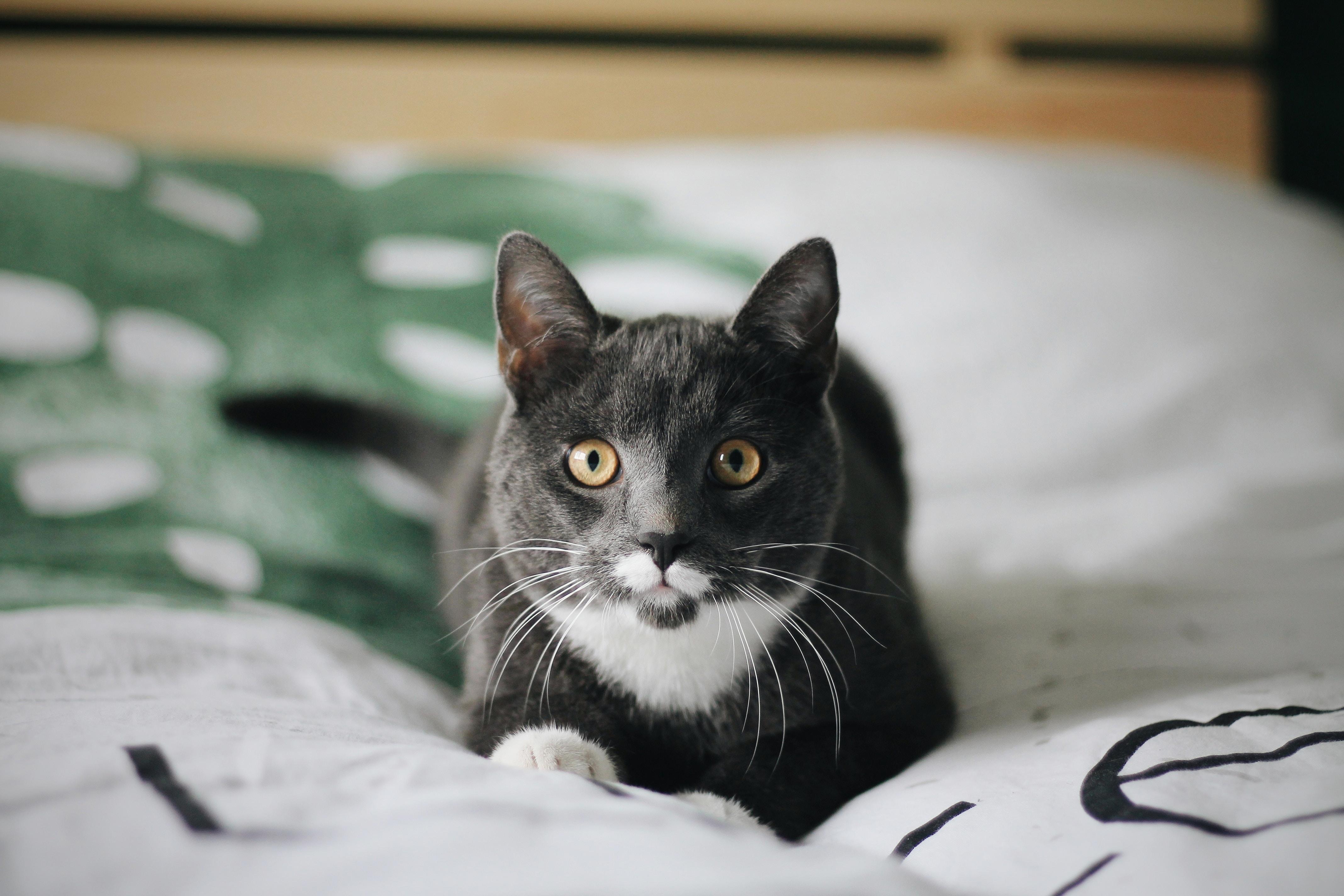
• Territorial behavior: Cats can become aggressive when they feel their territory is being threatened. This can be caused by the presence of another cat or even a new object in the home.
• Age or gender: Cats of different ages or genders may be more likely to display aggression. This is often due to the fact that cats of different ages or genders may have different social hierarchies and status within the household.
• Lack of resources: Cats may become aggressive when resources such as food, water, and litter boxes are not readily available. It is important to ensure that all cats in the household have access to these resources in order to reduce the risk of aggression.
Handling Aggression in Multi-Cat Households
Once the underlying causes of aggression have been identified, it is important to take steps to reduce and manage aggression in multi-cat households. Here are some tips for handling aggression in multi-cat households:
• Provide adequate resources: Make sure that all cats in the household have access to food, water, litter boxes, and toys. This can help reduce the risk of cats becoming aggressive over resources.
• Provide stimulation: Ensure that cats have plenty of toys and activities to keep them stimulated and entertained. This can help reduce the risk of cats becoming bored and displaying aggressive behaviors.
• Set boundaries: Establish clear boundaries between cats and ensure that cats are not allowed to enter certain areas of the house. This can help reduce the risk of territorial aggression.
• Give each cat individual attention: Make sure that each cat in the household is given individual attention and that cats are not ignored or made to feel neglected. This can help reduce the risk of cats displaying status-related aggression.
• Supervise interactions: Monitor interactions between cats and ensure that cats are not getting too rough or displaying aggressive behaviors. If cats are displaying aggressive behaviors, intervene immediately and remove the cat from the situation.
• Provide calming strategies: Provide cats with calming strategies such as pheromone sprays, calming collars, or calming supplements. This can help reduce stress and anxiety in cats, which can help reduce the risk of aggression.
Conclusion
Aggression between cats can be a challenging issue in multi-cat households. In order to maintain peace and ensure that all cats are healthy and happy, it is important to understand and be able to handle aggression between cats. By understanding the different types of aggression, understanding the underlying causes of aggression, and implementing strategies to reduce and manage aggression, multi-cat households can help ensure that all cats in the household are content and living harmoniously.
When it comes to handling aggression in multi-cat households, the most important thing to remember is that with the right management, cats can learn to coexist peacefully. A multi-cat household is a delicate balance that requires patience, consistency, and understanding in order to be successful. Cats should have plenty of resources to themselves, plenty of space and a safe environment to feel secure. With the right management and time, cats can learn to live peacefully together, making for a happier and healthier home for everyone.


